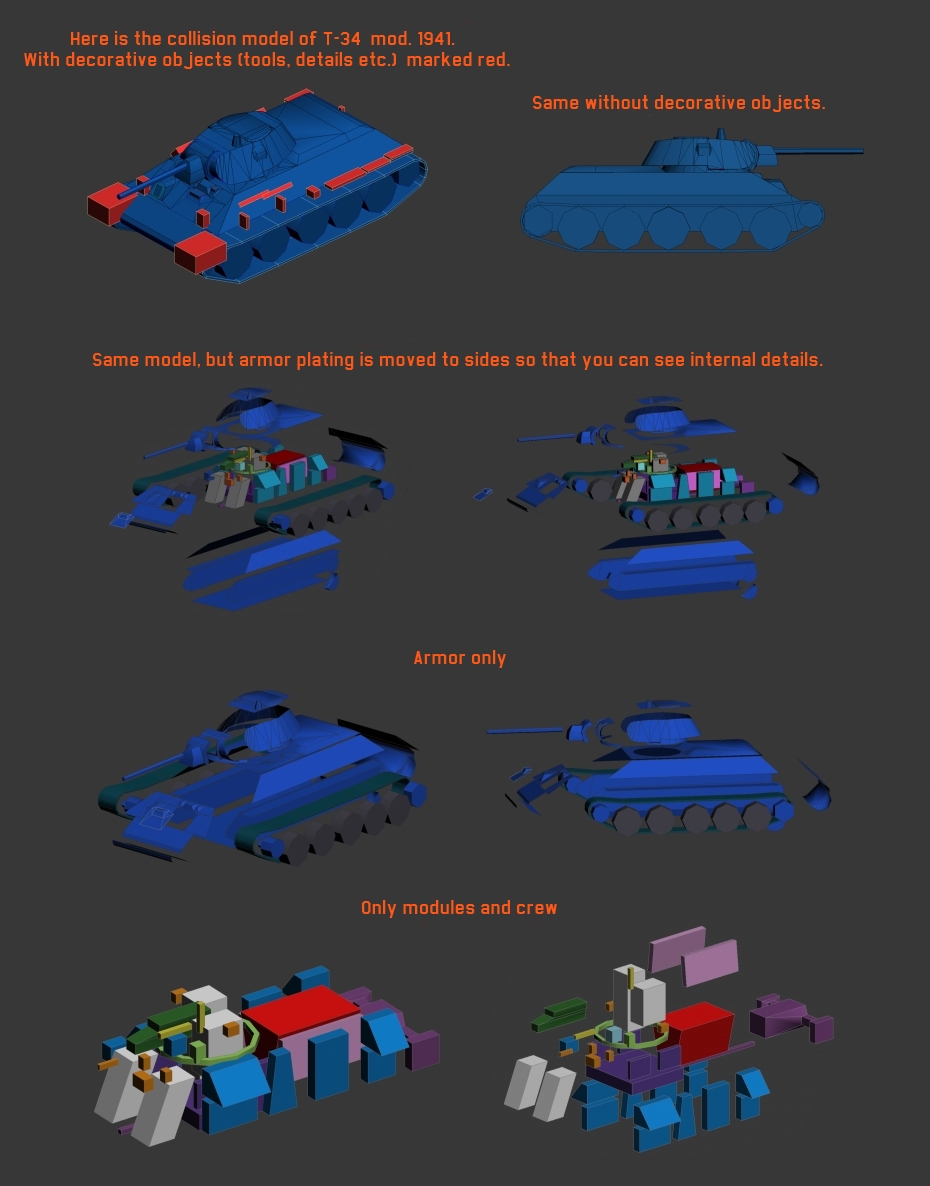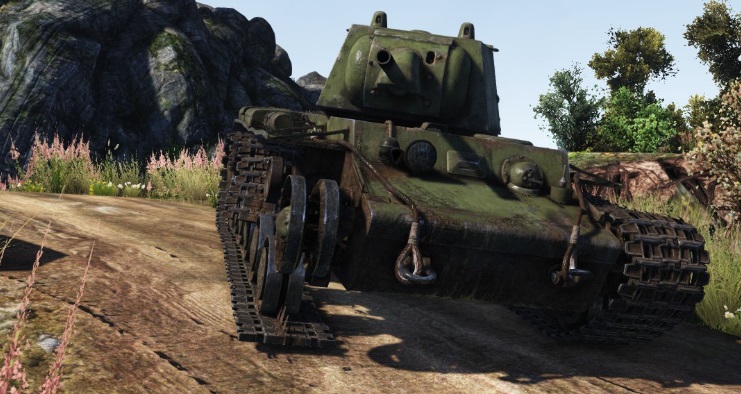
- For PC
- For MAC
- For Linux
- OS: Windows 7 SP1/8/10 (64 bit)
- Processor: Dual-Core 2.2 GHz
- Memory: 4GB
- Video Card: DirectX 10.1 level video card: AMD Radeon 77XX / NVIDIA GeForce GTX 660. The minimum supported resolution for the game is 720p.
- Network: Broadband Internet connection
- Hard Drive: 17 GB
- OS: Windows 10/11 (64 bit)
- Processor: Intel Core i5 or Ryzen 5 3600 and better
- Memory: 16 GB and more
- Video Card: DirectX 11 level video card or higher and drivers: Nvidia GeForce 1060 and higher, Radeon RX 570 and higher
- Network: Broadband Internet connection
- Hard Drive: 95 GB
- OS: Mac OS Big Sur 11.0 or newer
- Processor: Core i5, minimum 2.2GHz (Intel Xeon is not supported)
- Memory: 6 GB
- Video Card: Intel Iris Pro 5200 (Mac), or analog from AMD/Nvidia for Mac. Minimum supported resolution for the game is 720p with Metal support.
- Network: Broadband Internet connection
- Hard Drive: 17 GB
- OS: Mac OS Big Sur 11.0 or newer
- Processor: Core i7 (Intel Xeon is not supported)
- Memory: 8 GB
- Video Card: Radeon Vega II or higher with Metal support.
- Network: Broadband Internet connection
- Hard Drive: 95 GB
- OS: Most modern 64bit Linux distributions
- Processor: Dual-Core 2.4 GHz
- Memory: 4 GB
- Video Card: NVIDIA 660 with latest proprietary drivers (not older than 6 months) / similar AMD with latest proprietary drivers (not older than 6 months; the minimum supported resolution for the game is 720p) with Vulkan support.
- Network: Broadband Internet connection
- Hard Drive: 17 GB
- OS: Ubuntu 20.04 64bit
- Processor: Intel Core i7
- Memory: 16 GB
- Video Card: NVIDIA 1060 with latest proprietary drivers (not older than 6 months) / similar AMD (Radeon RX 570) with latest proprietary drivers (not older than 6 months) with Vulkan support.
- Network: Broadband Internet connection
- Hard Drive: 95 GB
To make aircraft gameplay feels like real, it’s important to have true physics of the flight-model and realistic controls. To make tank gameplay feels like real, it is most important to have true physics of the damage model. That’s why we start to reveal details of the tank gameplay in War Thunder from the tank damage model (or DM). To destroy the ground force unit, you have to hit vital components or crew. Armour prevents instant damage to internal components, until it could resist the power of a shell.Ground Forces Damage Model has the same principles as aircraft DM. Machine is destroyed when key modules or crew members are hit. If armor is hit it will hardly ever destroy the unit.
Here is the collision model of T-34 mod. 1941

 |
KV-1 with it's track destroyed |
All armor plates have correct constructive angle of slope and repeat the geometry of the visual model. If several plates had same thickness they can be modeled as one armor group (front and rear turret armor in the given example). Each armor group has its own characteristics (thickness, material, structural strength value ) but all armor is modeled in such a way that it requires high number of penetrations (several dozens or even hundreds) to be completely destroyed. After that the plate will not be taken into account in the DM but usually such number of penetrations will cause destruction of the tank anyway.
Currently all armor has one material - analogue to rolled homogeneous armor - RHA.
Internal modules simulate all significant machine parts of the tank, their destruction causes the destruction the machine.
Currently tank can be destroyed if :
Ammo rack is destroyed - it can be destroyed by several hits or one hit with a very high damage - usually it means that the shell sill has high penetration capacity after penetrating the armor. In this case there is a high chance of ammo rack explosion - 90% and more.
fuel tank is destroyed - the conditions are same as above, also fire is possible if the hit brought less damage fire also causes destruction of the tank.
Engine destroyed - the terms are the same, but explosion is not possible, only fire may occur
Besides that there are several conditions when several important modules are destroyed.:
- tank crew is wounded, no visual effects
- engine/transmission and breach part of a gun are destroyed. Visual effect - fire.
For running gear only tracks are critical, when they are destroyed tank remains immobile for a period of time.
Also there are certain penalties when following modules or crew members are damaged.
- Engine - reduces power
- Transmission - max speed is reduced
- Train drive - rotation is slower, if train drive is destroyed turret cannot rotate.
- Gun elevation mechanism - partial damage - lowers gun elevation speed. Destruction - blocks the ability of gun's vertical movement
- Gunner wounded - guidance speed and accuracy are reduced
- Loader - reloading time is increased
- Driver - slower reaction while driving
Damage model improvements in progress:
- Crew damage model improvements, temporary penalties on certain functions (like killing a driver will cause the vehicle to stop for some time). Crew replacement system
- Weapon damage model detalization (shell self-explosions inside the breech of a damaged weapon, impossibility of shooting in case of damage to the breech part of the cannon etc.)
- Tank machine guns
- Modifications from the ‘defence’ category are being improved for their effects to become more vivid.
- Tank fire extinguishers are being implemented
- Armour protection modifiers depending on its type (rolled or cast steel, medium or high hardness etc.)
- Structural differences in shell types (caps, shapes etc.) and corresponding differences in ricochet angles, ballistics, normalization etc.
We’re sure, that this info was interesting to read even for those players, who prefer aircrafts. Soon we will publish another issue of the Tank Diaries - we have tons of interesting facts to tell!



